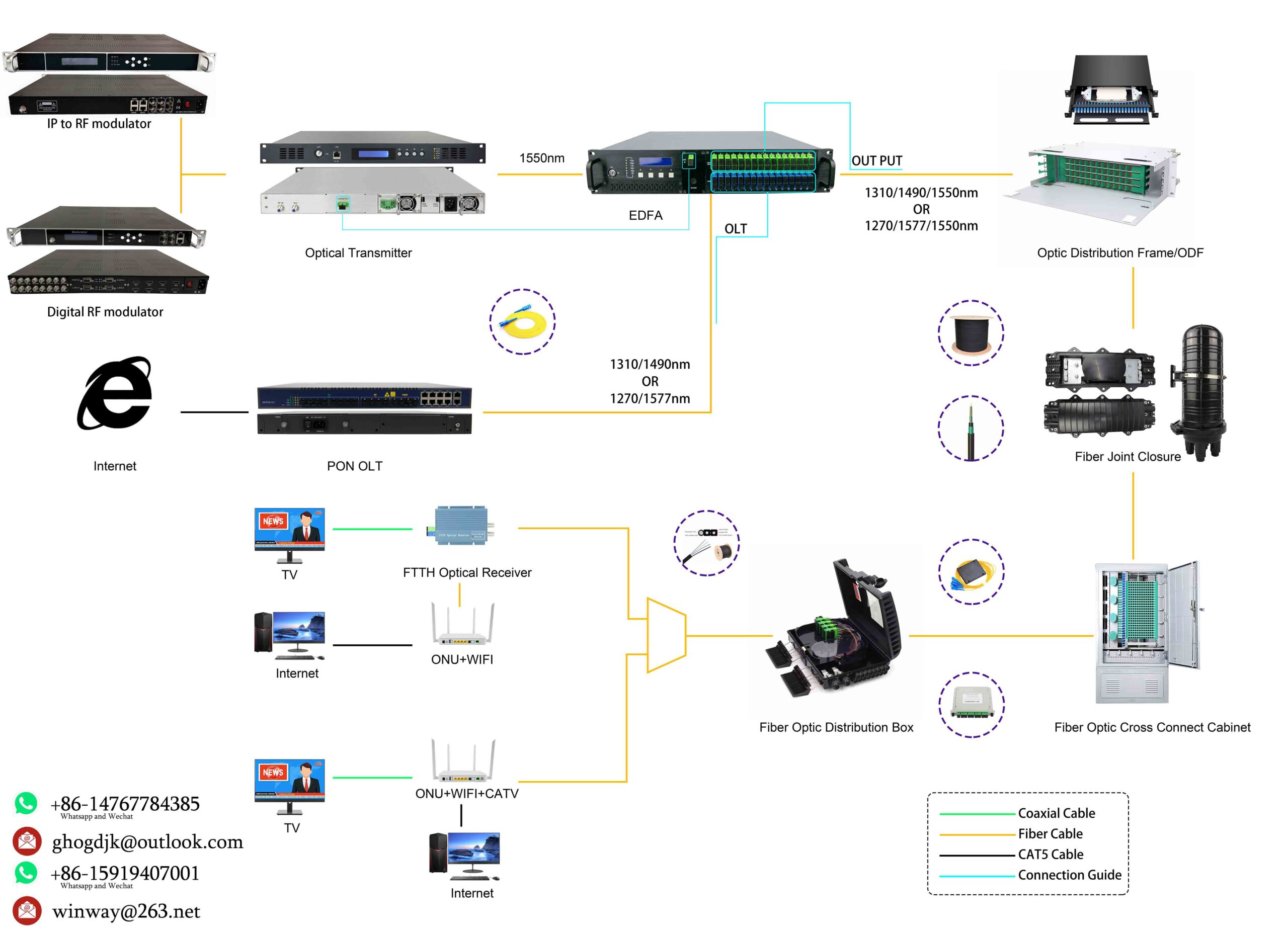1. Digital Satellite Receivers
Digital satellite receivers are integral to the distribution of television programming. In many countries, including China, most satellite TV channels use QPSK (Quadrature Phase Shift Keying) modulation, which the receivers are designed to decode. There are several types of digital satellite receivers available:
- Analog Output Receivers: Some models output analog audio and video signals despite receiving digital content from satellites. This is common in older systems.
- Digital TS Stream Output Receivers: These receivers output digital TS (Transport Stream) data, which is ideal for modern digital broadcast systems.
- Dual-Output Receivers: These versatile receivers can provide both analog signals and digital TS streams, offering flexibility depending on the setup.
2. Encoders
Encoders are essential for compressing video and audio data to prepare it for transmission. They handle the capture and compression of visual and auditory content, ensuring efficient delivery over networks. Commonly used encoders are based on H.264/MPEG-2 standards, which offer high compression efficiency. The encoder system typically includes:
- Compression Chips: Specialized hardware for encoding video and audio.
- Input/Output Channels: Interfaces for connecting to various sources and destinations.
- Network Interfaces: For data transmission over networks.
- Control Interfaces: Such as RS485 serial and protocol control for managing the encoder.
3. Matrix Switchers
Matrix switchers are used to route multiple input signals to multiple output channels. They enable the selection and switching of various signals to different destinations, either manually or automatically. This ensures that the right signals reach their intended destinations without affecting the quality. Key features include:
- Signal Routing: Ability to manage complex signal paths and connections.
- Monitoring: Systems to track signal integrity and performance.
Matrix switchers are crucial for maintaining flexibility and ensuring that the signal distribution meets operational needs without compromising on quality.
4. QAM Modulators
Quadrature Amplitude Modulation (QAM) modulators are used in cable television systems to modulate digital signals for transmission. They are a key part of the DVB (Digital Video Broadcasting) system. QAM modulation combines amplitude and phase modulation to encode data, providing high bandwidth efficiency. Various QAM levels include:
- 16QAM: Uses 4 bits per symbol.
- 64QAM: Uses 6 bits per symbol.
- 256QAM: Uses 8 bits per symbol.
Higher QAM levels allow for more data to be transmitted within the same bandwidth, making them suitable for high-definition content.
5. Multiplexers
Multiplexers combine multiple signals into a single stream for transmission over a single channel. They are essential for managing bandwidth and ensuring that various signals can be transmitted efficiently. Multiplexers handle the merging of TS streams, which can be dynamically adjusted and filtered based on PID (Packet Identifier) settings. They also support network management interfaces to ensure smooth operation.
6. Scramblers
Scramblers are used to encrypt TS streams to protect content from unauthorized access. This is part of Conditional Access Systems (CAS), which manage subscription-based access to television content. Scramblers ensure that only authorized users can view the encrypted channels, providing security for content providers.
7. Mixers
Mixers in digital TV systems function similarly to those in analog systems but are designed to handle digital signals. They combine various video and audio sources to produce a cohesive output, ready for broadcast or further processing.


